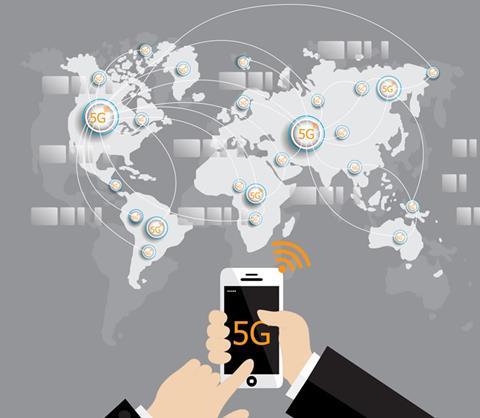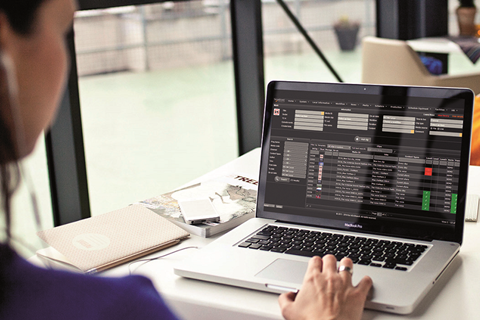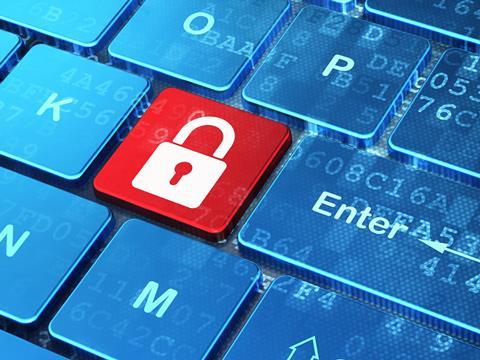The relentless pace of technological change continued to accelerate in 2017. Here is a recap of some of biggest trends of the past twelve months.
1. Artificial intelligence
AI was easily the most talked about technology of 2017. Possibly overhyped, certainly overused as a term, but 2017 was the year that AI solutions began to move from proof of concept to full production mode application in broadcast and media.
To fully appreciate the complex technologies behind AI such as convolutional networks, programming frameworks and infrastructure platforms is a challenge even for those immersed in IT.
Indeed, 2017 saw the first mentions of a looming AI skills shortage and competition for talent is already being described as fierce.
An IABM survey report on adoption in media cites archive management and content distribution as among the most popular applications.
Using AI and machine learning to interrogate data on viewer and audience behaviour is the most publicly discussed use case.
And in terms of content production, Google set out its vision for implementing AI at every stage of the workflow.
2. 5G

With UK 5G spectrum auctions expected to start early in 2018, vast amounts of high definition video content traversing mobile networks will come a step closer.
Mobile network operators (MNOs) will become content distributors. However, as was discussed at the 5G C-Tech Forum at IBC 2017 relationships between content makers, distributors and MNOs are in their infancy.
During an IBC365 webinar on 5G Accenture Managing Director Network Mobile Services Gianluca Noya said: “The internet is morphing to serve more and better video. The current design of the internet is not capable of providing the amounts of concentrated data traffic to be widely distributed across networks.
“Solutions need to be found to meet customer demands for content to be delivered through streamed methods to particular destinations. 5G infrastructure will be able to access and connect customers using multiple smart devices with on demand content.
“Investments being made in broadband infrastructure for 5G adoption will address areas such as cost of delivery. The cost per gigabytes delivered is a major issue for service providers and 5G will be the solution to make it cost effective and cheaper. At the user end the mass production of devices which are compatible with the 5G network standard is predicted to start in the near future.”
5G trials in 2017 included a fast fixed access trial in London run by Arqiva and Samsung in July.
And in December, Ericsson and Vodafone conducted a 5G trial using the 3.5Ghz spectrum band in central London.
3. Quantum computing
Quantum computing has been on the drawing board for many years but in 2017 it moved closer to becoming a usable product.
Quantum computing is the next generation of processing technology. Classical computers operate on a binary system – 1s and 0s – and despite decades of incredible advances in processing speed we are reaching the limits of silicon-based semiconductors.
Quantum computers are based on how sub atomic particles exist and behave in multiple states simultaneously. Think about molecular science or natural ecosystem management for the type of vast data problems that quantum will be able to tackle. For media businesses, quantum computers could be the platform which will deliver the mass personalisation of content for millions or billions of people.
In October 2017, Intel delivered a test chip with superconducting properties for quantum computing known as a 17-qubit chip.
Microsoft announced the development and soon to be generally available topological qubit quantum computing programming language.
4. Blockchain
The rise and subsequent drop in price of blockchain-based cryptocurrency Bitcoin has dominated recent coverage of blockchain technology, but there are many different flavours of the distributed ledger technology.

Ethereum is a general purpose distributed ledger technology. It is ‘permissionless’ – that is open to the public. It is positioned as suitable for many applications. Other distributed ledger technologies include R3 Corda and Hyperledger Fabric.
Mention blockchain and media and two things spring immediately to mind. The first is rights management. In the music industry there is great excitement among independent labels and producers about the prospect of using blockchain for everything from creation to copyright management to performance rights payments.
The other much spoken of application is streamlining the advertising business model with the disintermediation of ‘middle’ men. Blockchain is touted as disruptor technology and proof of concept and assessment projects started in media in 2017, but as Phillip Sandner at Medium.com writes, smart contract code is simply code written in a programming language. Smart contracts don’t infer legally binding contracts.
5. Network virtualisation and software defined networks
Streaming needs networks. Users expect broadcast-like quality on their streaming services, but streaming 4K data packets to a device, an app or a web site needs very efficient networks. Traditional network infrastructure of individual physical nodes cannot develop quickly enough to cope with new content requirements.
At IBC2017, Nevion and Huawei showcased multi-tenanted media networking with a demonstration of a software defined networking (SDN)-based service provisioning on Huawei switches controlled by Nevion’s VideoIPath. SDN is a technology that enables network transformation. It improves network usage, simplifies network operation and maintenance, and automates deployment of network resources.
6. Dev Ops, Microservices and Containers

If the world is becoming software-based, then how software is developed and operated needs to radically change. Dev ops is a software development approach where firms such as Facebook, Amazon, Google and Apple constantly build and release software updates to provide new features on a continuous release basis.
Amazon Web Services defines Dev Ops as “the combination of cultural philosophies, practices, and tools that increases an organization’s ability to deliver applications and services at high velocity: evolving and improving products at a faster pace than organizations using traditional software development and infrastructure management processes. This speed enables organizations to better serve their customers and compete more effectively in the market.”
Microservices and Containers are being used more and more. Microservices involve single function applications usually built by small teams. Docker and Kubernetes are container types used by developers for shipping software applications across networks and in and out of cloud platforms.
7. The Internet of Things
For distributors and those at the consumer end of the business the IOT concerns the boom in the number of connected devices in the home. These may be the new generation of smart 4K and 8K TVs or any internet connected device which is capable of displaying content.
Figures such as 50 billion connected devices by 2020 are regularly forecast.
For broadcast equipment and infrastructure manufacturers it is the development of the industrial Internet of Things that will radically shift how businesses operate from the studio floor to remote locations. With embedded sensors and software integrated into the operation of everything from cameras to transmission gear smart machines will be able to provide enhanced metadata and warn in advance of maintenance and repair issues. Industrial IOT is the meeting of the physical and digital worlds using sensor networks, cloud and big data analytics to drive efficiencies.
8. Cyber security

Cybersecurity threats such as WannaCry emerged in 2017 as broadcasters were warned about being hit hard, with the subject discussed at IBC2017 as part of the newly-launched C-Tech Forum.
Indeed, 2017 saw some high profile cyber attacks on media firms, from attempts to extort money from Netflix to an attack on ad and PR multinational WPP.
It’s not surprising then, that the global cyber security market will be worth around $86bn in 2017, up 7% over 2016 according to forecasts from market analyst Gartner.
Read more Getting to grips with AI in broadcasting
























No comments yet